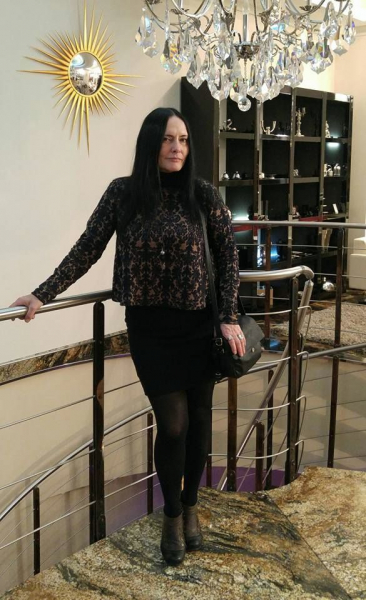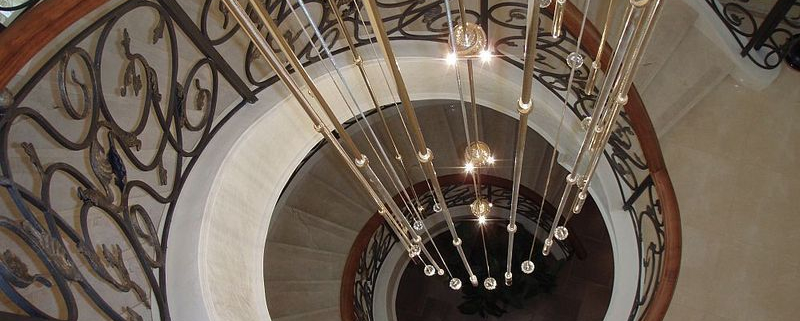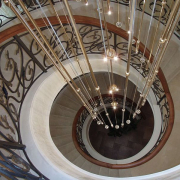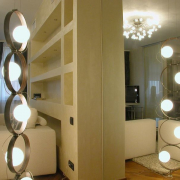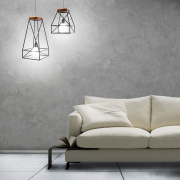General terms in interior design
Interior design is an addictive and very interesting activity. But it’s not as easy as it might seem. As you know, if you want to be a professional in any field, you must know the basics perfectly. However, in this regard, interior design is a very interesting subject, so the basics are learned easily and quickly.
Where to start? First of all, you need to understand a few fundamental rules. You should not think that you can draw a sketch in 5 minutes and after a while get an exact copy of it in your own apartment. The path from the sketch to the implemented project is long and difficult. But we already know where to start. And this is a sketch. After the sketch is made, a design project is developed, including a model of the object, a room plan, and a list of works. A wall sweep and perspective must also be presented. Then you should complete the working drawing required for the workers.
Usually several sketches are made in order to be able to choose the option that will be most successful both visually and from the point of view of feasibility. Based on the sketch, a so-called interior skeleton is created, to which small details will then be added.
Why is the stage of the working drawing important? It is this block of work that includes all alterations – from demolition to extension. Accuracy and thoroughness at this stage is the key to the quality of the final work. If you order interior design from a professional, then for the convenience of communicating with him, you should know a few basic terms and concepts for this area.
Let’s list some of them.
The environment is all the variety of objects and forms surrounding a person, created by the designer.
Space is a form that characterizes a person’s personality and carries his mood to represent the material world. And a unique space corresponding to the inner world of the person living in it, in harmony with it is one of the most important goals in the designer’s work.
Composition is an expression of how various objects interact with each other in the interior. A well–thought-out composition is one where all objects form a single whole and bring harmony to people. There are several important laws that are not recommended to be violated in any case. So, necessarily in the interior there are the main and secondary, subordinate to the first. The most common in practice is the centric composition. Its main task is to identify the semantic center, to focus attention on it. Traditionally, this role is assumed by a dining room or a living room within a residential building, or interior details such as a table, sofa, fireplace within a separate room.
Another very important point to understand is the proportions. All elements should be proportionate to each other – this is the basis for understanding harmony. And although we all perfectly understand that the feeling of beauty is individual, nevertheless, there are some moments common to all people, according to which there are rooms where a person is comfortable and where, on the contrary, he feels uncomfortable. It is also important to pay attention to the proportions in relation to the style of the interior. So, the same proportion will perfectly fit one interior and completely do not fit into another. A striking example are Gothic ceilings and doorways – they are prohibitively high, inappropriate and difficult to implement in an ordinary residential apartment.
What is style? This is a set of techniques and forms, they are individual for each style. There is also such a thing as stylization. It is most often found when recreating a historical style. In the case of stylization, an interior similar to the specified style is created. The most important in this case is thoroughness in the details and creativity in solving emerging problems, such as, for example, the inability to use a large number of gilding or original textiles of the XVIII century. But the result is usually amazing – the room gets its own unique look and attractiveness.
Also an important point that needs to be taken into account is the rhythm. It consists in the alternation of objects in the interior and is divided into two types – messy and orderly. It cannot be said that a disordered rhythm is wrong, or, on the contrary, the correct rhythm is orderly. A competent choice of rhythm – and your interior is expressive and effective. But if you arrange all the items too much, it will create a feeling of boredom. But an excess of disorder will plunge the room and life in it into chaos. But the disorder introduced into the interior in moderation will break the conventions and give a sense of movement.
It is also possible to divide the rhythm into plastic, light, rhythm in shape or volume. The linear rhythm is the most common today. Its essence is alternation in individual elements or structures.
The main tool of the interior is color. A whole composition is built on a combination of several colors. When choosing a color scheme, two approaches are usually used – the principle of similarity and contrast. The principle of similarity is that different shades of the same color are used in the interior. The contrast principle implies the opposite – the brightness and contrast of the room. There are also two working points that designers often use – nuance and emphasis. It is important to understand that there is no color by itself, it is always the interaction of colors, the so-called color. So, a popular approach is to make the whole house in one color scheme, while each individual room will have its own unique color look.
A little bit from the theory of colors. All colors, as you know, are divided into warm and cold. The first ones include yellow, orange and their shades. Cold – purple, mauve and their shades. All other colors have both warm and cold shades. So, a warm shade of green is light green, and a cold shade is emerald. Neutral colors are always in demand – black, white and shades of gray.
I think you have already realized that designing a design is a difficult job that requires a lot of time and labor. But if you want to make repairs, do not neglect the design of the premises. So, the first step should be to select a designer or a design studio, since, without having your own similar experience, it will be very difficult for you to independently develop a good, harmonious apartment design and take into account all the points. But if you dare to take it on your own, we hope that our advice will help you.
Good luck!
